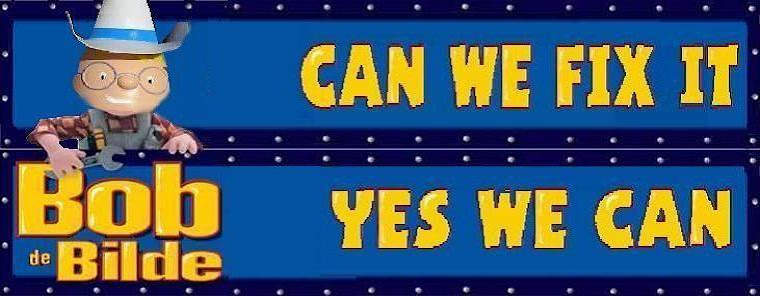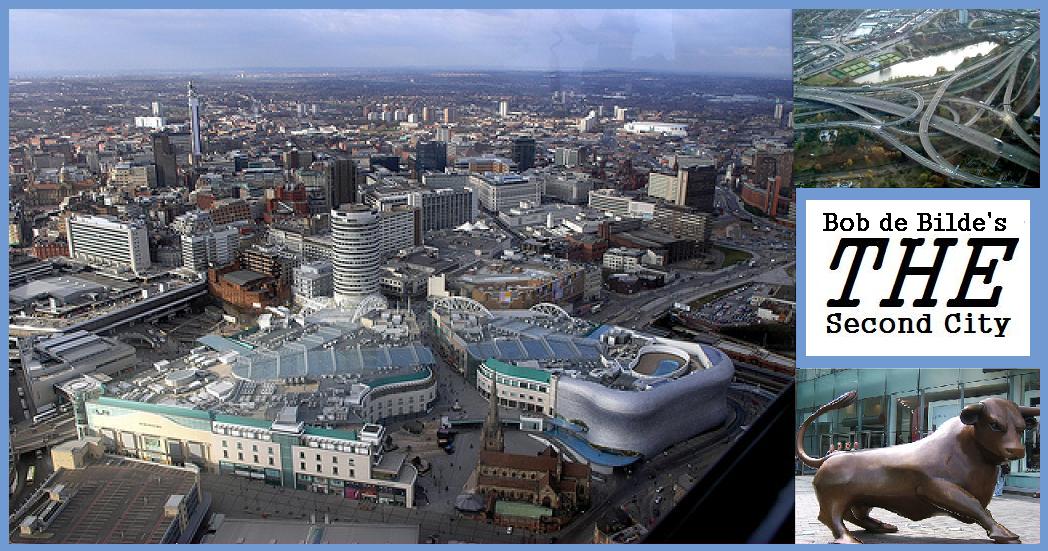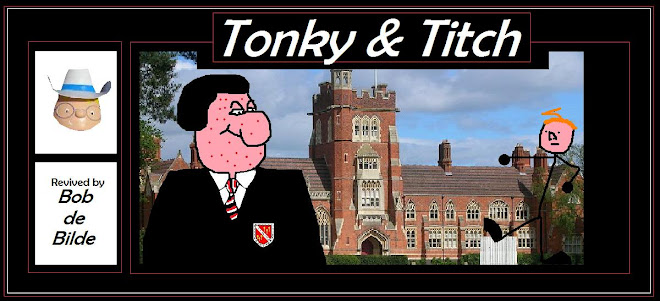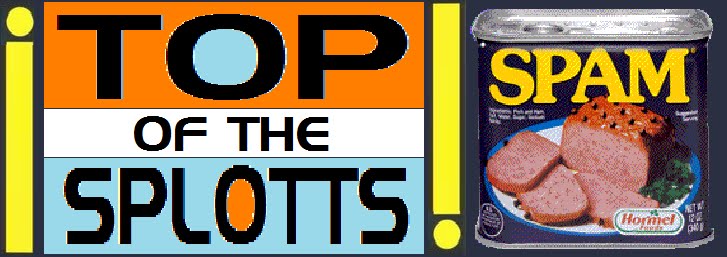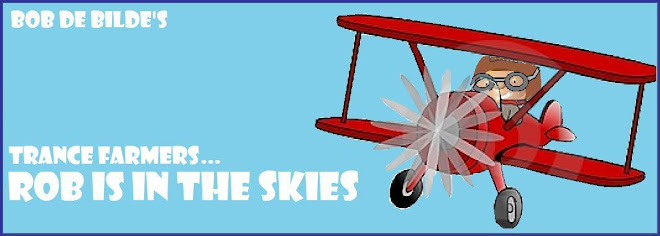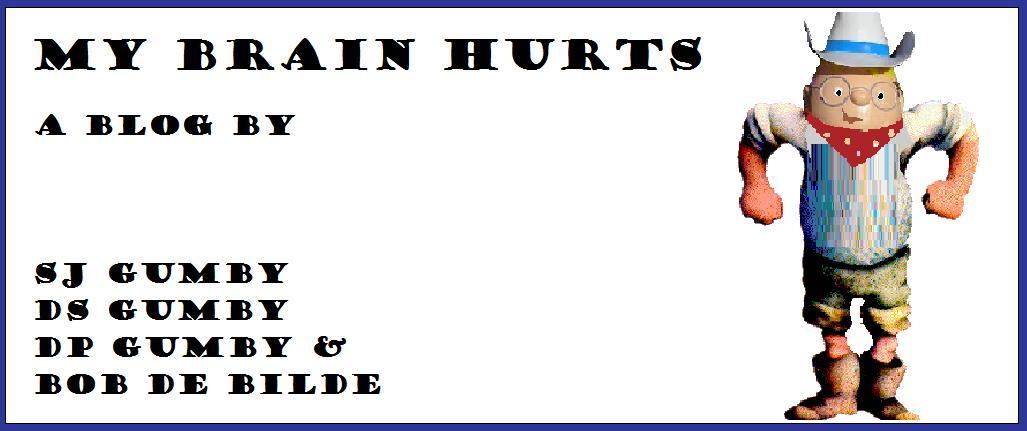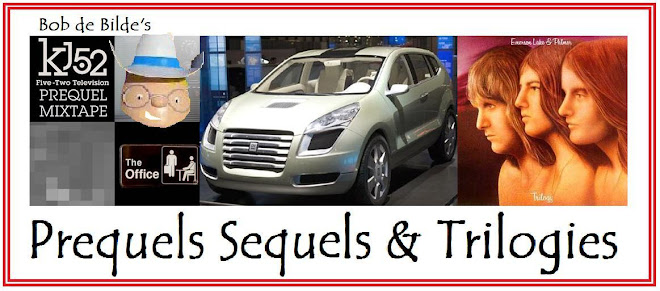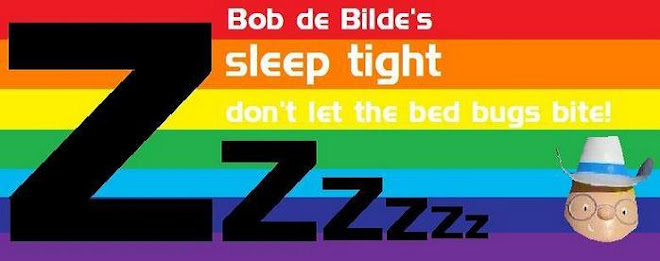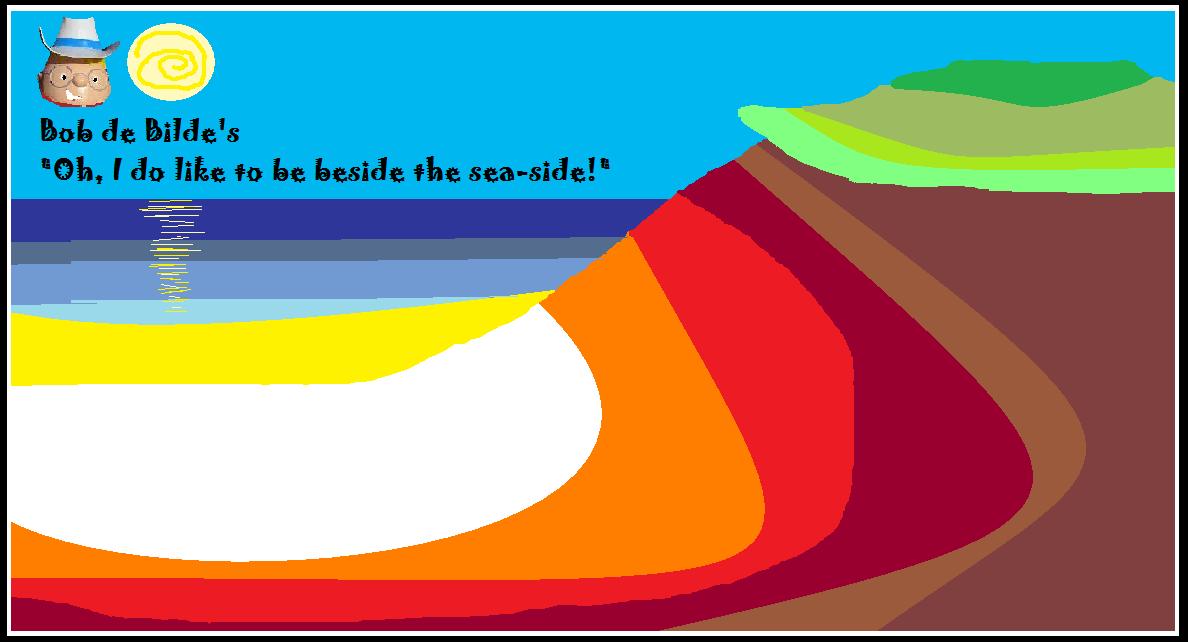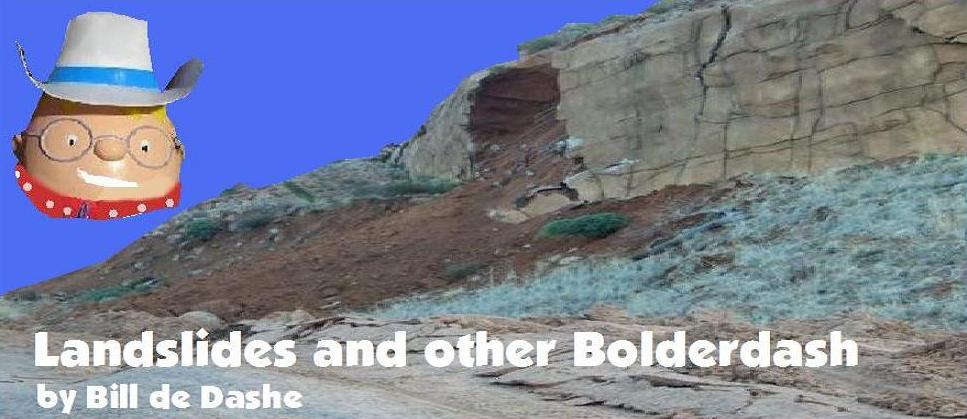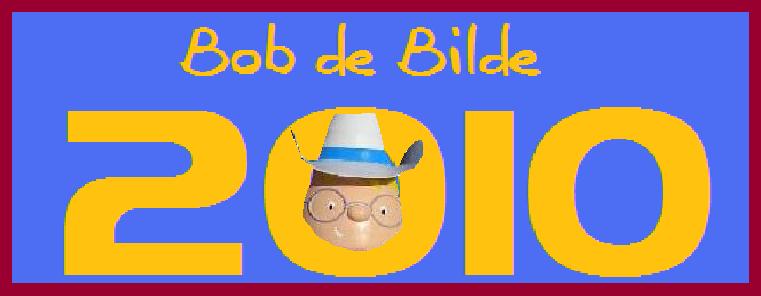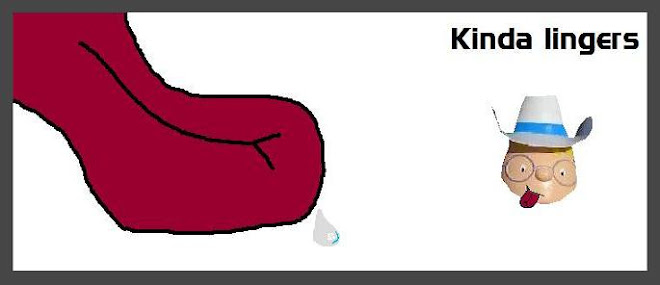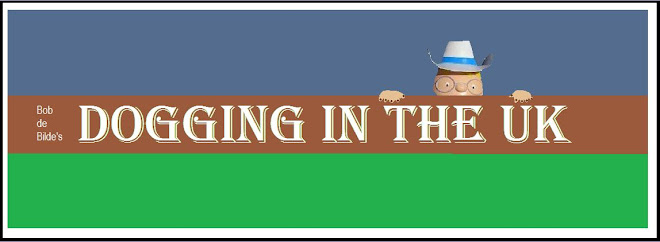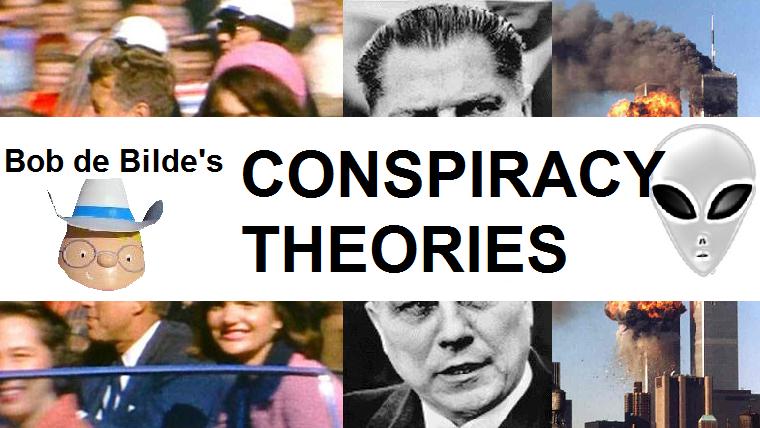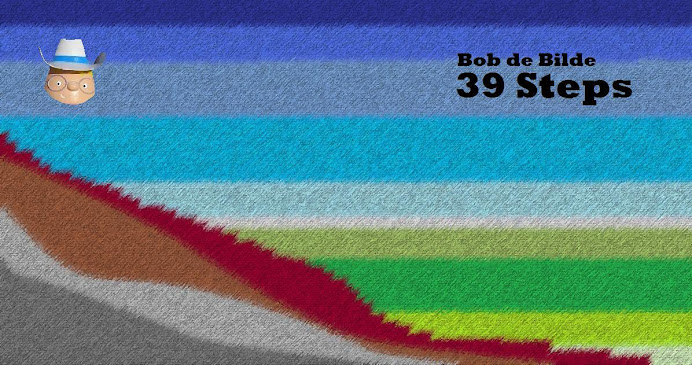Set in the 24th century, the series follows the adventures of the
Starfleet vessel
USS Voyager, which becomes stranded in the
Delta Quadrant 70,000
light-years from Earth while pursuing a renegade
Maquis ship. Both ships' crews merge aboard
Voyager to make the estimated 75-year journey home.
Voyager was produced to launch
UPN, a television network planned by
Paramount. (Paramount considered launching a network on its own in 1977, which would have been anchored by the TV series
Star Trek: Phase II.) Planning started in 1993, and seeds for the show's backstory, including the development of the
Maquis, were placed in several
Star Trek: The Next Generation and
Star Trek: Deep Space Nine episodes.
Voyager was shot on the same stages
The Next Generation had used. The pilot, "
Caretaker," was shot in October 1994. Around that time, Paramount was sold to
Viacom - in fact,
Voyager was the first
Star Trek TV series to premiere after the sale had concluded.
Voyager was the first aired UPN program at 8:00 p.m. on January 16, 1995.
Voyager was also the first Star Trek TV show to use
Computer Generated Imagery (CGI) exclusively, and eliminate the use of models for exterior space shots. Other television shows such as
seaQuest and
Babylon 5 had exclusively used CGI to avoid the huge expense of models, but the Star Trek television department continued using models, because they felt models provided better realism. Amblin Imaging won an Emmy for the opening title visuals, but the weekly episode exteriors were still captured using hand-built miniatures of the
Voyager, shuttlecraft, and other ships, the same method used for
The Next Generation and
Deep Space Nine.
That changed when
Star Trek: Voyager became Paramount's first television property to go fully CGI in mid-season 3 (late 1996).
Paramount obtained an exclusive contract with
Foundation Imaging which had done the effects for
Babylon 5's first three seasons. Season 3's "The Swarm" was the first episode to use Foundation's effects exclusively.
Deep Space Nine started using Foundation Imaging in conjunction with Digital Muse one year later (season 6), after
Voyager had successfully proven that CGI could look as realistic as models. In its later seasons, "Voyager" featured visual effects from Foundation and Digital Muse (later to become Eden FX).
In the pilot episode, "
Caretaker,"
Voyager is on a mission to locate a missing ship piloted by
Maquis fighters.
Janeway brings
Tom Paris, a former Starfleet officer and Maquis, out of prison to help find the ship. Maneuvering through the dangerous
Badlands, an ancient alien known as the Caretaker transports
Voyager to the
Delta Quadrant, 70,000 light years on the other side of the galaxy, where the Maquis ship was also sent. In the process, several members of
Voyager's crew are killed, including the first officer, helmsman, chief engineer, and all medical personnel.
Voyager and the Maquis ship are attacked by
Kazon raiders intent on capturing the Caretaker's Array, which was used to transport the ships. The Maquis ship collides with a Kazon ship, destroying both, after the Maquis crew transports to
Voyager. Believing the Kazon will use the Array to harm the
Ocampa, Janeway decides to destroy it rather than use it to return
home.
The
Starfleet and Maquis crews integrate and work together as they begin the 70,000-light-year journey home, predicted to take 75 years.
Chakotay, leader of the Maquis group, becomes first officer.
B'Elanna Torres, a half-human/half-
Klingon Maquis becomes chief engineer.
Tuvok is revealed to be a Starfleet spy on the Maquis ship and resumes his duties as chief security officer. The ship's operations officer is
Harry Kim. Paris becomes the helmsman, and the
Emergency Medical Hologram, designed for only short-term use, becomes the chief medical officer. At first the EMH is confined to sickbay and holodecks, but during the course of the series gains his freedom by way of a mobile holo-emitter, as well as expanding his program and personality on his own initiative. While in the Delta Quadrant, the crew gains the
Talaxian Neelix as a local guide and chef, along with his Ocampan girlfriend,
Kes. Both Paris and Kes become qualified assistants to the Doctor, expanding the ship's medical capability. In the show's fourth season, the crew grows to include
Seven of Nine, a
Borg drone liberated from the collective who, like the Doctor, expands (or rather, regains) her humanity throughout the series.
The Delta Quadrant is mostly unexplored by the
Federation, of which Starfleet is the military/exploration/peacekeeping arm. On the way home, the crew contends with hostile forces that include organ-harvesting
Vidiians, belligerent
Kazon, nomadic
Hirogen hunters,
Species 8472 from fluidic space and most notably the
Borg in the later seasons when Voyager has to move through large areas of Borg space. They also encounter hazardous natural phenomena such as a Nebulous area called the Nekkrit Expanse, a large area of empty space called the Void, wormholes and other anomalies. Voyager is the third Star Trek series to feature
Q. Meanwhile,
Starfleet Command learns of
Voyager's survival and situation and eventually develops a means to establish regular audiovisual and data contact with the ship thanks to the efforts of
Reginald Barclay who was featured more prominently on
The Next Generation.




























